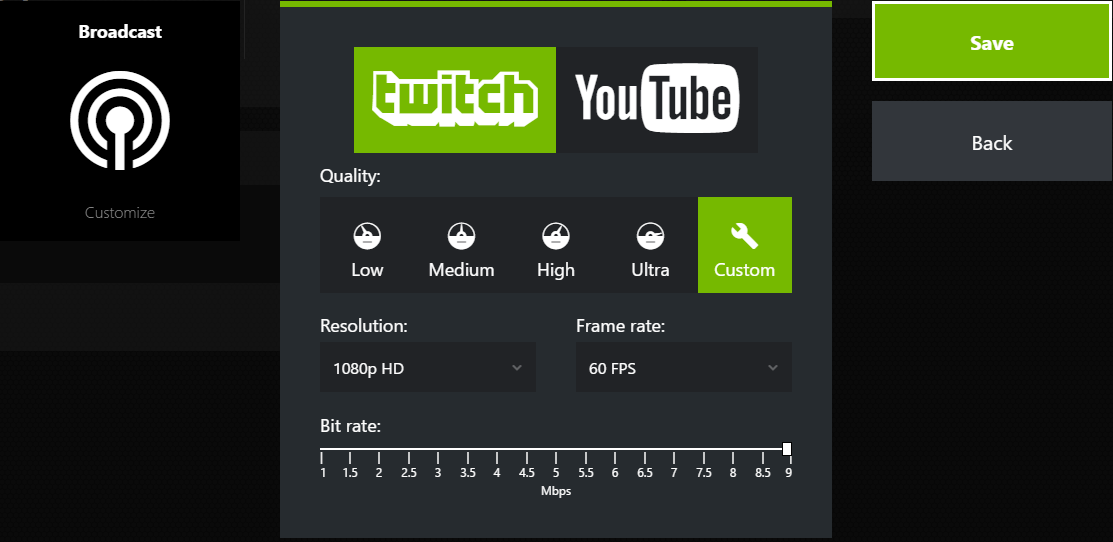


Nvidia ShadowPlay originated in a Nvidia Shield hardware-accelerated screen recording utility. The bitrate can be set manually and ranges available depend on user screen resolution. Once ShadowPlay captures a frame, it encodes it using a dedicated GPU hardware accelerated H.264 video encoder that records up to 4K resolution at 130 Mbit/s with minimal performance impact to the rest of the system. NVIFR allows the capture of a single window instead of the whole framebuffer. ShadowPlay can use two capture methods: Frame Buffer Capture (NVFBC) and Inband Frame Readback (NVIFR). ShadowPlay is supported for any Nvidia GTX 600 series card or higher. Launched in 2013, it can be configured to record a continuous buffer, allowing the user to save the video retroactively. Nvidia ShadowPlay is a hardware-accelerated screen recording utility available as part of Nvidia's GeForce Experience software for GeForce GPUs. JSTOR ( January 2016) ( Learn how and when to remove this template message).Unsourced material may be challenged and removed.įind sources: "Nvidia ShadowPlay" – news Please help improve this article by adding citations to reliable sources. This article needs additional citations for verification.


 0 kommentar(er)
0 kommentar(er)
